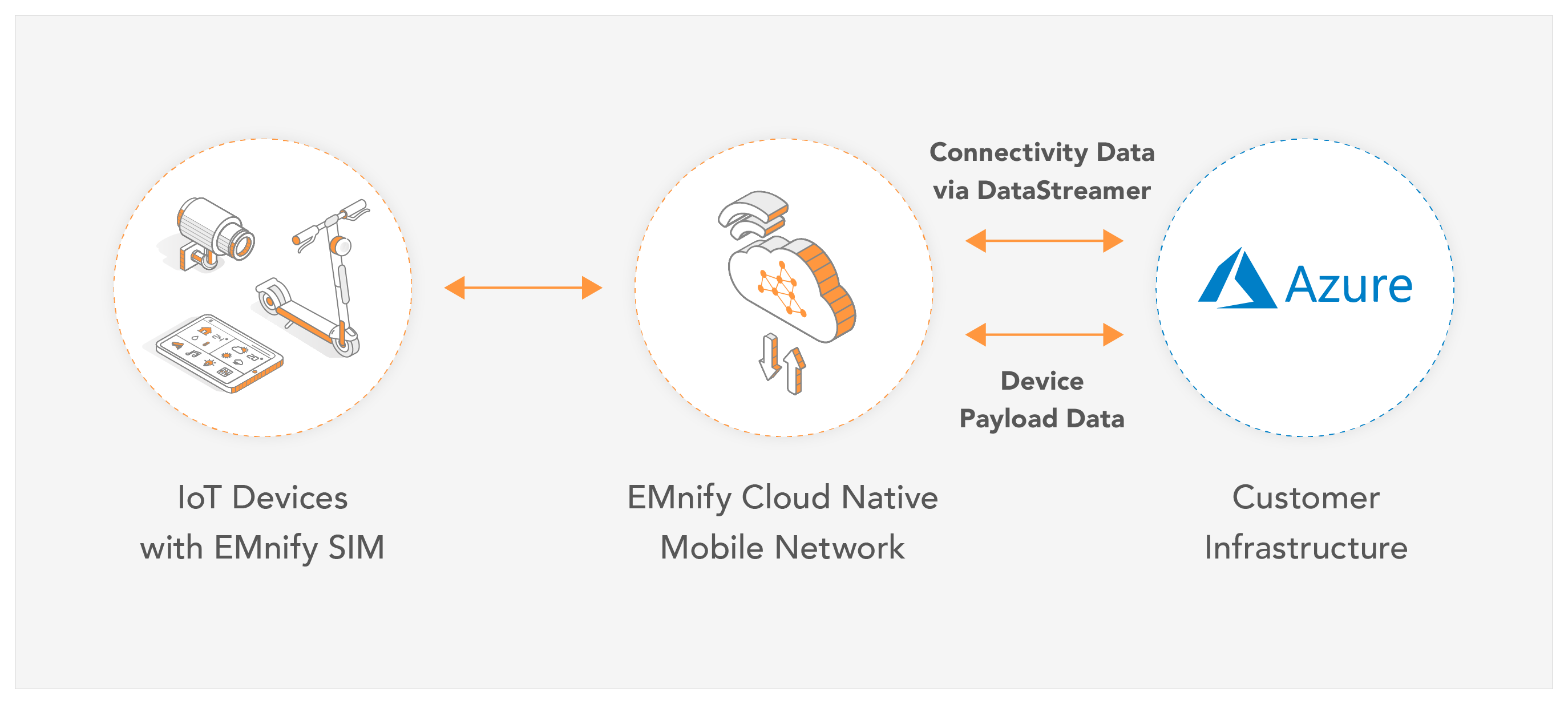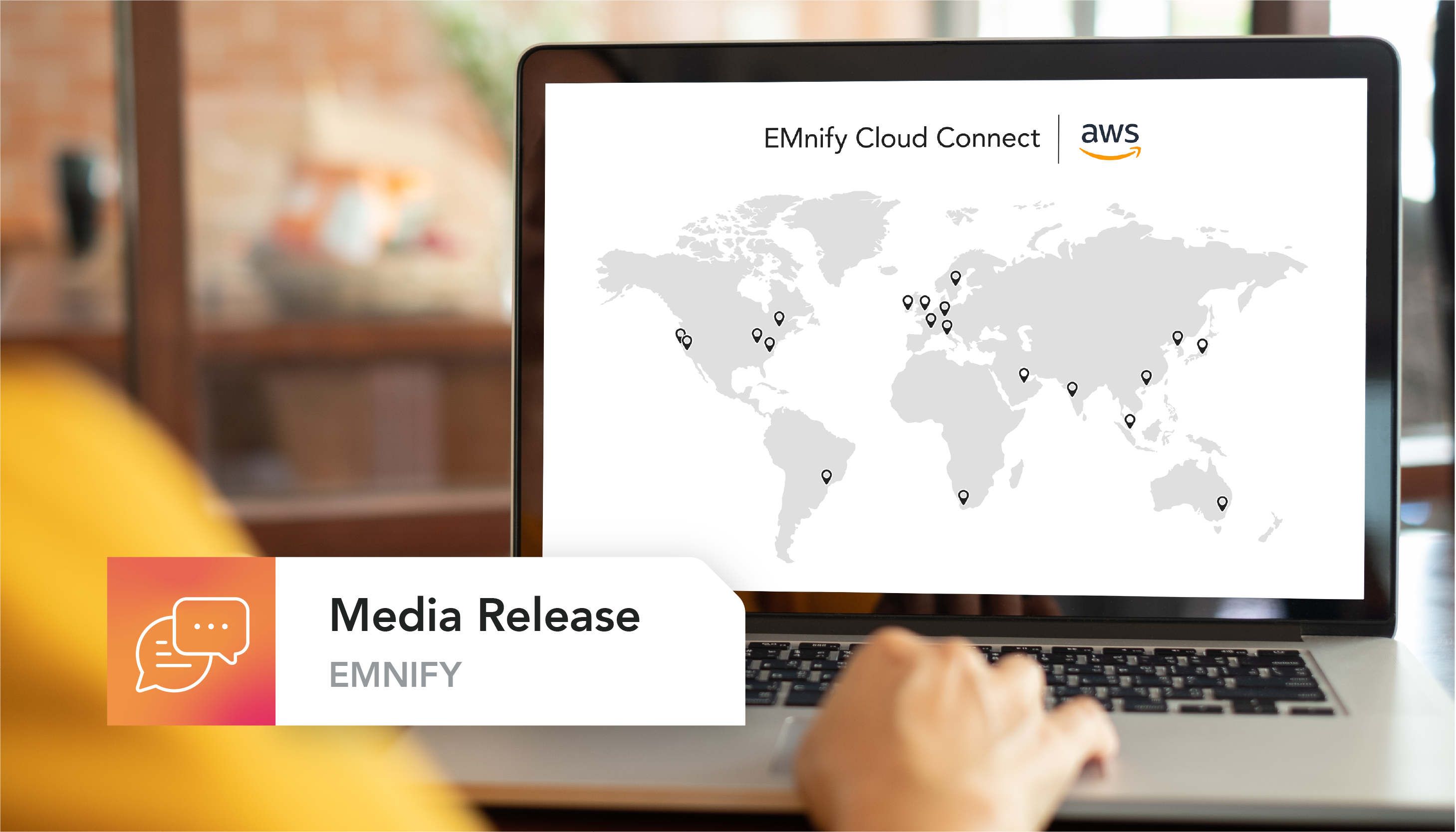

Efficient management of buildings - from smart meters, elevators, lights, to heating system maintenance and error detection are radically improving the housing industry.
In our recent webinar, we have invited our German-based customer metr. metr has built an IoT platform that enables long-term added value to its customers by providing access to a large amount and variety of building data. With a service-based approach metr integrates in existing devices and applications to provide a full service management solution.
Maximillian Thumfart, CTO, and Yannick Bollhorst, Director of Partnerships were kind enough to present how are they solving indoor connectivity challenges and which antennas and applications make the housing industry more intelligent.
Watch the full recording, download the slides or read the key takeaways below.
1. Connectivity Challenges at metr
Many of the sensors are already distributed in the buildings - and to get connectivity between the sensors, the metr Gateway and the metr application the signal must travel across different material. Dependent on the material the signal loss can be between 2.8db (timber) to 35db (metal) which makes it often heavily challenging to connect devices.
2. Protocol Solutions (Wireless MBus vs Mioty vs LoRa)
metr has tested several protocol solutions on their feasibility to connect their devices and analyzed cellular, NB-IoT, LoRa, Wireless MBus and Mioty. LoRa was not an ideal solution because of missing coverage and duty cycle limitations; Mioty overcame the duty cycle limitation but there are not many devices available. metr has selected the quasi building standard wireless MBus for connecting the devices to the metr gateway indoors and cellular connectivity to connect to the outside world.
3. Indoor Connectivity Solutions
Still, the challenges to connect through concrete or metal walls and doors asked for optimization of signal reception. metr has selected two antennas DELOCK 88571 for cellular and ANT-8WHIP3H-SMA for Wireless-M-Bus to improve the indoor coverage. Considering that the signal gain through the antenna (2-3 dbi) is still not sufficient to get everywhere coverage they placed the antenna outdoors - making sure the antenna has a flat window cable, a dripping edge for corrosion protection, and is properly placed against theft and vandalism.
4. Bandwidth Optimization
With using different coding schemes for payload and health data metr has optimized its bandwidth needs to reduce power demands and data costs. Using byte packing instead of Google Protocol Buffer saves 66% and compared to JSON 85% of data consumption.
If you have any questions, or want to find out more - feel free to drop us an email or reach out to metr's Director of Partnerships, Yannick Bollhorst.

If you want to understand how emnify customers are using the platform Christian has the insights. With a clear vision to build the most reliable and secure cellular network that can be controlled by IoT businesses Christian is leading the emnify product network team.


